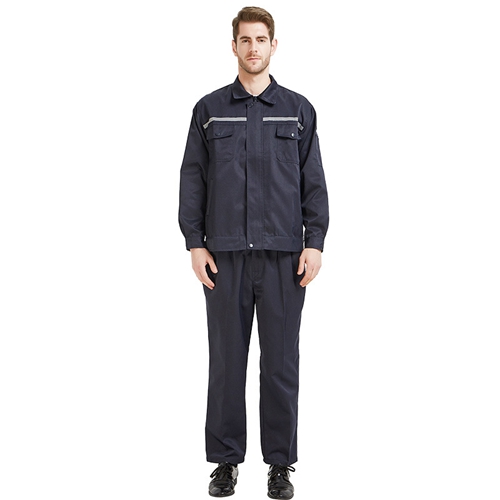Guidelines for Choosing the Right PPE Safety Helmet for Maximum Protection
The Importance of PPE Safety Helmets in the Workplace
Personal Protective Equipment (PPE) is a crucial aspect of workplace safety, particularly in industries like construction, manufacturing, and warehousing where employees are regularly exposed to various hazards. Among the essential pieces of PPE, safety helmets play a pivotal role in protecting workers from head injuries caused by falling objects, electrical hazards, and other potential dangers. This article explores the significance of safety helmets, their types, proper usage, and best practices to ensure optimal protection for employees.
Why Safety Helmets Matter
The primary purpose of a safety helmet is to shield the head from injuries. According to the National Institute for Occupational Safety and Health (NIOSH), head injuries account for a significant percentage of workplace accidents. These injuries can lead to severe consequences, including long-term disabilities or even fatalities. Using safety helmets significantly reduces the risk of head trauma, making them a non-negotiable element of workplace safety protocols.
In addition to protection from falling objects, safety helmets can also safeguard workers from electrical risks, chemical spills, and extreme weather conditions. Many safety helmets are designed to withstand impact and penetration, offering an added layer of protection in potentially hazardous environments.
Types of Safety Helmets
Safety helmets come in various designs and are categorized based on their intended use and the level of protection they provide. The most common types include
1. Type I Helmets These helmets offer protection primarily from the top. They are ideal for environments where falling objects are a concern.
2. Type II Helmets In addition to top protection, Type II helmets provide side impact protection. They are suitable for environments where there is a risk of lateral blows.
3. Electrical Helmets These helmets are designed specifically for electrical workers. They provide insulation against electrical shocks and are tested to resist voltage.
4. Specialized Helmets In some professions, such as firefighting or construction, specialized helmets with additional features are required. These might include face shields, earmuffs, or built-in communication systems.
ppe safety helmet

Choosing the right type of safety helmet depends on the specific hazards present in the workplace. Employers must assess these risks and ensure that all workers are equipped with the appropriate head protection.
Proper Usage of Safety Helmets
For safety helmets to be effective, they must be worn correctly. Here are some best practices for the proper use of safety helmets
1. Fit and Comfort Safety helmets should fit snugly but comfortably on the head. Adjustable straps and padding can help achieve a secure fit, preventing the helmet from slipping during work.
2. Inspection Regularly inspect safety helmets for any signs of damage, such as cracks or dents. Any helmet that shows signs of deterioration should be replaced immediately.
3. Maintenance Clean safety helmets according to manufacturer guidelines. This includes removing dirt, sweat, and corrosive substances to maintain helmet integrity.
4. Replacement Always adhere to the manufacturer's guidelines regarding replacement timelines. Even if a helmet appears to be in good shape, its protective capabilities may diminish over time.
5. Training and Awareness Workers should receive training on the importance of wearing safety helmets and how to properly wear and maintain them. Encouraging a culture of safety can promote consistent helmet use among employees.
Conclusion
Safety helmets are an indispensable component of personal protective equipment that play a critical role in workplace safety. By reducing the risks of head injuries from various hazards, they protect the most vital part of the body the brain. Employers must ensure that helmets are chosen based on the specific risks associated with each job and that employees are trained in their proper use. By fostering a safety-conscious environment where PPE is prioritized, organizations can significantly reduce the likelihood of workplace injuries and ensure the well-being of their employees. Investing in safety helmets is not just about compliance; it’s about cultivating a culture of care and responsibility towards workers' health and safety.
-
Wholesale Safety Helmets - Cheap OEM Supplier China Manufacturer
NewsMay.30,2025
-
Top Safety Helmet Manufacturers in Japan - Durable & Certified
NewsMay.30,2025
-
Affordable 3M Safety Helmets in Pakistan Bulk Pricing & Factory Deals
NewsMay.30,2025
-
Affordable HDPE & EN397 Hard Hats - Safety Certified, Bulk Deals
NewsMay.29,2025
-
FDA-Compliant Food Safety Clothing Suppliers Health Dept Approved
NewsMay.29,2025
-
adidas safety clothing
NewsMar.07,2025
